By Andrew MacKenzie
Texture gives immediate life to a room. It has the ability to lift a dull space right out of the doldrums. Add texture to just the shell (the walls, ceiling and floors) of a room and you immediately create personality. Texture just has that ability to pull a room together. When I am working with large surface areas, I prefer to use a neutral palette with textured pieces. Smaller pieces like objets d’art and furniture can allow for a bolder approach.
So what exactly is this magic called texture? According to the Oxford dictionary, texture is “the feel, appearance of consistency of a surface; the representation of the tactile quality of a surface; the quality created by the combination of elements in a work”.
Everything has texture. Think of the cold, smooth surface of a piece of marble, the beach sand beneath your feet, water spilling onto your skin, snow falling onto green pastures. In nature the textures are endless and endlessly varied, so let the earth be your guide as you introduce textures into your home.
Play with contrast and combine textures which complement one another.
Take one element and start adding, layer by layer. If, for example, you have a gleaming wooden floor, to this you could add the texture of a rough hand-woven woolen rug.
Further texture could be provided by natural light spilling into the room during the day; and at night, lamplight through a loosely woven lampshade would add yet another dimension. Light tends to augment texture and texture mirrors light.
Don’t underestimate the subtle power of texture; you can use it like the professionals do to make a stunning impact in a room, adding richness to the effect.
Remember that texture is connected to a sense of weight. Coarser, rougher textures will tend to lend heaviness, or the less light an object reflects the heavier it seems. Smooth textures which reflect a lot of light will seem lighter. Of course, this could be entirely illusionary.
Marble, with its smooth white surface, looks light but is actually considerably heavy, while a dark hardwood cupboard may have a heavy texture but is certainly lighter than marble.
In the Borghese gallery in Rome, is a remarkable sculpture by Bernini executed in marble. As Pluto carries Persephone away to the Underworld, we see her hair blown back by the wind. The genius of texture (as well as of the sculptor) is that this heavy stone substance has been carved so that the viewer can see and imagine the breeze blowing.
The profound ability of the human brain is such that visual exposure to texture can bring back the tactile memory. This imparts a very useful quality to texture as a creative decorating tool. It can be used to evoke memories and feelings in a room, giving it a further dimension.
Never be afraid of using texture – be brave, and you’ll be amazed at what happens. Go lateral: think lampshades made of porcupine quills and feathers, cushions and covers embroidered with shell and bone, mother-of-pearl mosaic pieces; go white – even a monochromatic colour scheme can be interesting when you layer the textures in – wicker, shaggy rugs, ornate cornices and mouldings, embossed wallpaper.
Spotted at the international designer shows over the last two years, has been the trend of texturing larger pieces of furniture, a table of raw untreated wood, cupboards stripped to the bone (as it were), chairs with frames of bare wood. This trend is perhaps best exemplified by the Nordic design look which uses stripped, bare wood. It is at once beautiful and elegantly austere.
Bamboo grass wallpaper is a fabulous textured surface for the shell of your room and one I have used successfully. I have literally changed a room by adding texture. For instance, a dining room with an exquisite table and chairs, good pictures and curtains, can still somehow have a cold, “echoey” look. Just place the dining scene (table and chairs) on a large area rug, perhaps a rough woolen one, or alternatively jute or sisal and see the difference it makes. Don’t forget that some textiles can absorb, muffle or soften sound, which eliminates echoes and allows for an intimate feel.
Oh, the luxury of a (faux) fur throw in winter on a bed, the wonderful feeling of sleeping between Egyptian cotton sheets, getting dry after the bath with towels that absorb water easily… this is all connected to texture, which is also connected to our enjoyment of the sensual pleasures of life. If the places in which we live can stimulate our senses, our feelings of comfort and pleasure will be that much greater. Texture allows us to break through the confines of line and colour, to move from a flat scene to a multi-dimensional act.
Historically, decorating styles use texture carefully and conservatively, sticking to similar elements throughout the space. Modern styles are braver and in a sense more robust in keeping with modern life. The interiors of converted factories and industrial warehouses come to mind, with their raw brick or concrete walls, exposed pipes and steelwork, silk screens, chrome furniture – endless and exciting possibilities.
Try and layer texture in an intelligent way, contain the element of contrast in shape as well as in texture and colour. Texture gives wonderful options in decorating – just take a deep breath and work layer by layer. Start with floors, walls, ceilings, then go to windows, furniture and smaller items, accents and accessories. Remember, everything has texture.
If you get nervous, take a step back, give it a day or two and look at your work from a distance. But don’t give up. In the process you can make exciting discoveries about your own tactile experience of life and learn how to use them to create an inspired and wonderful space.


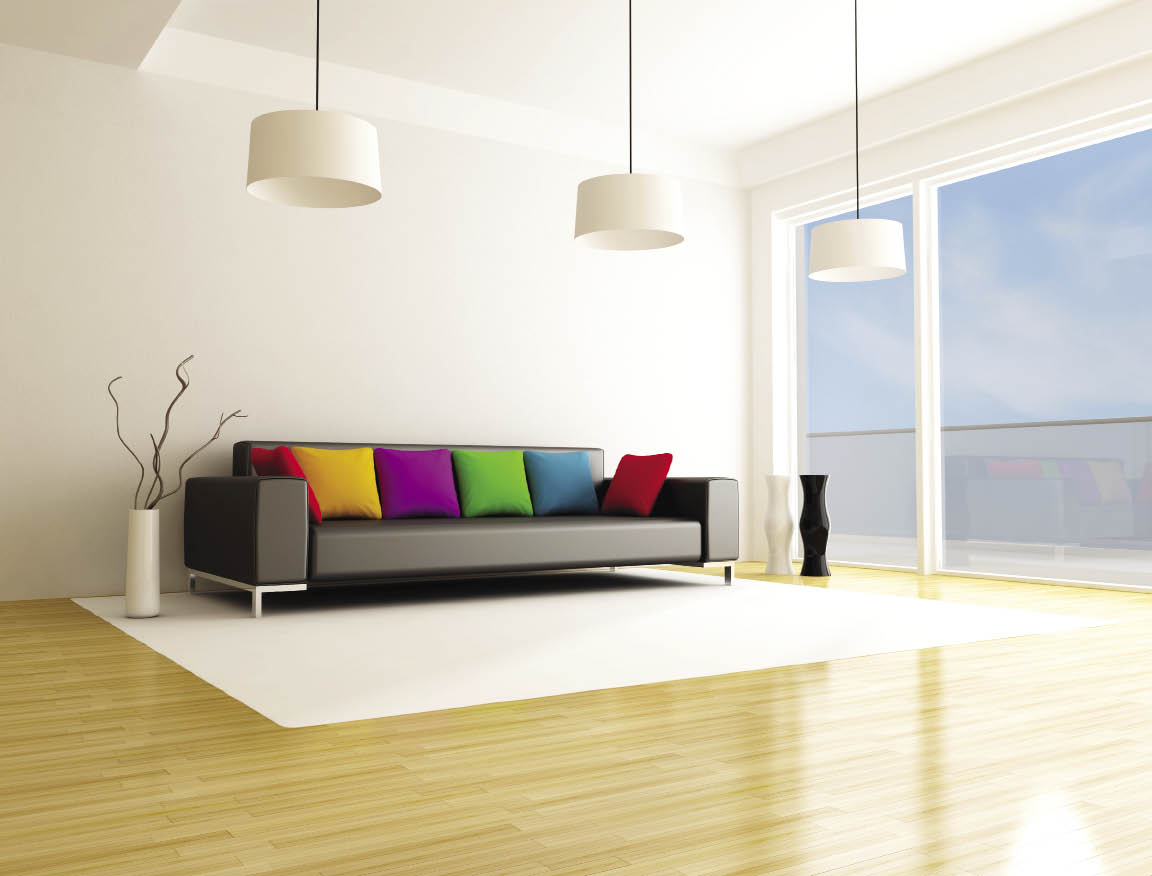





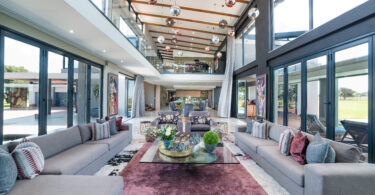
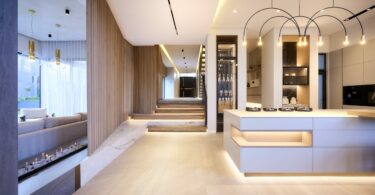
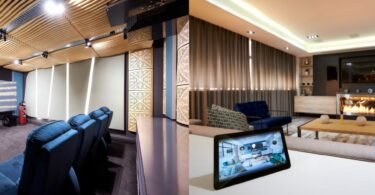
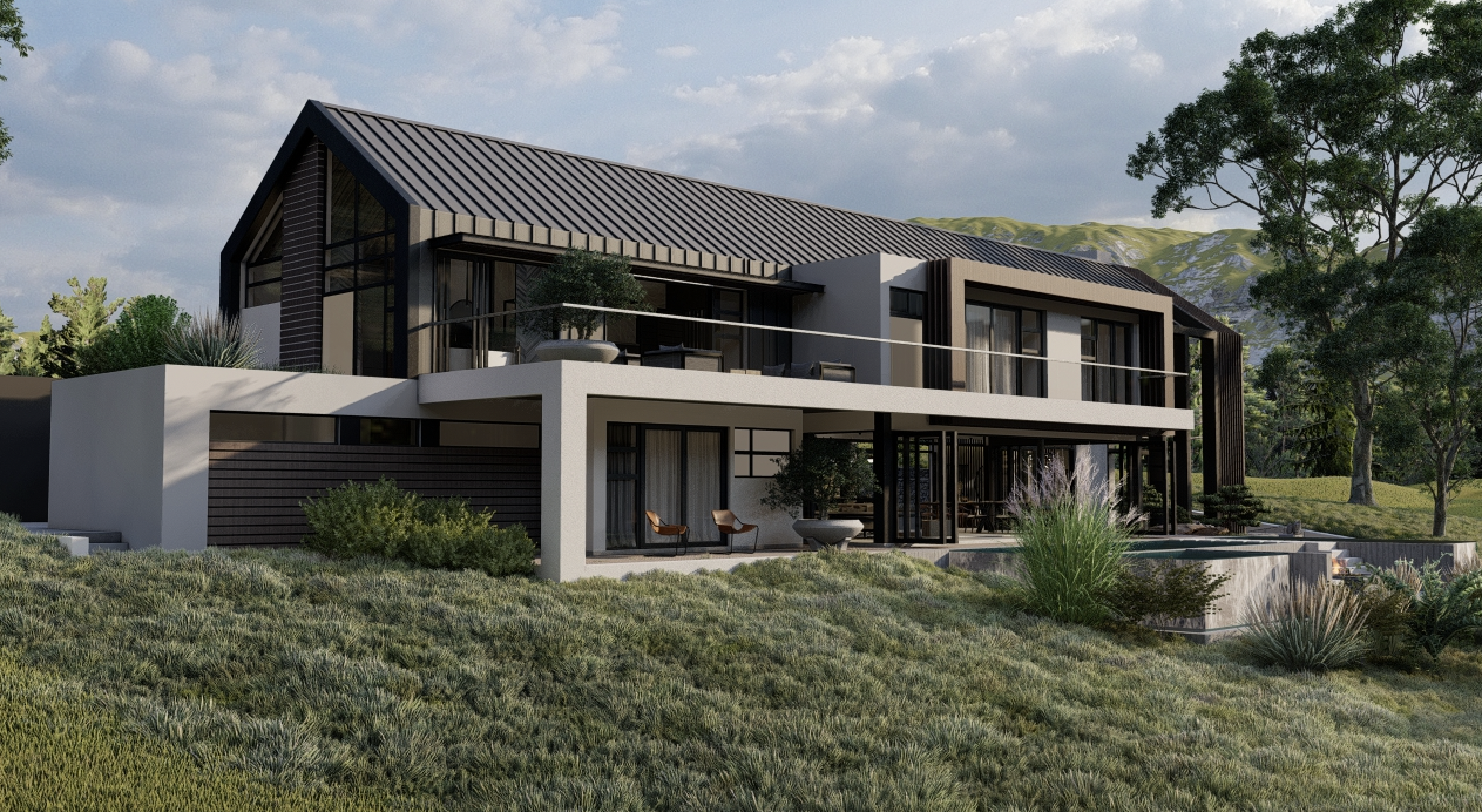
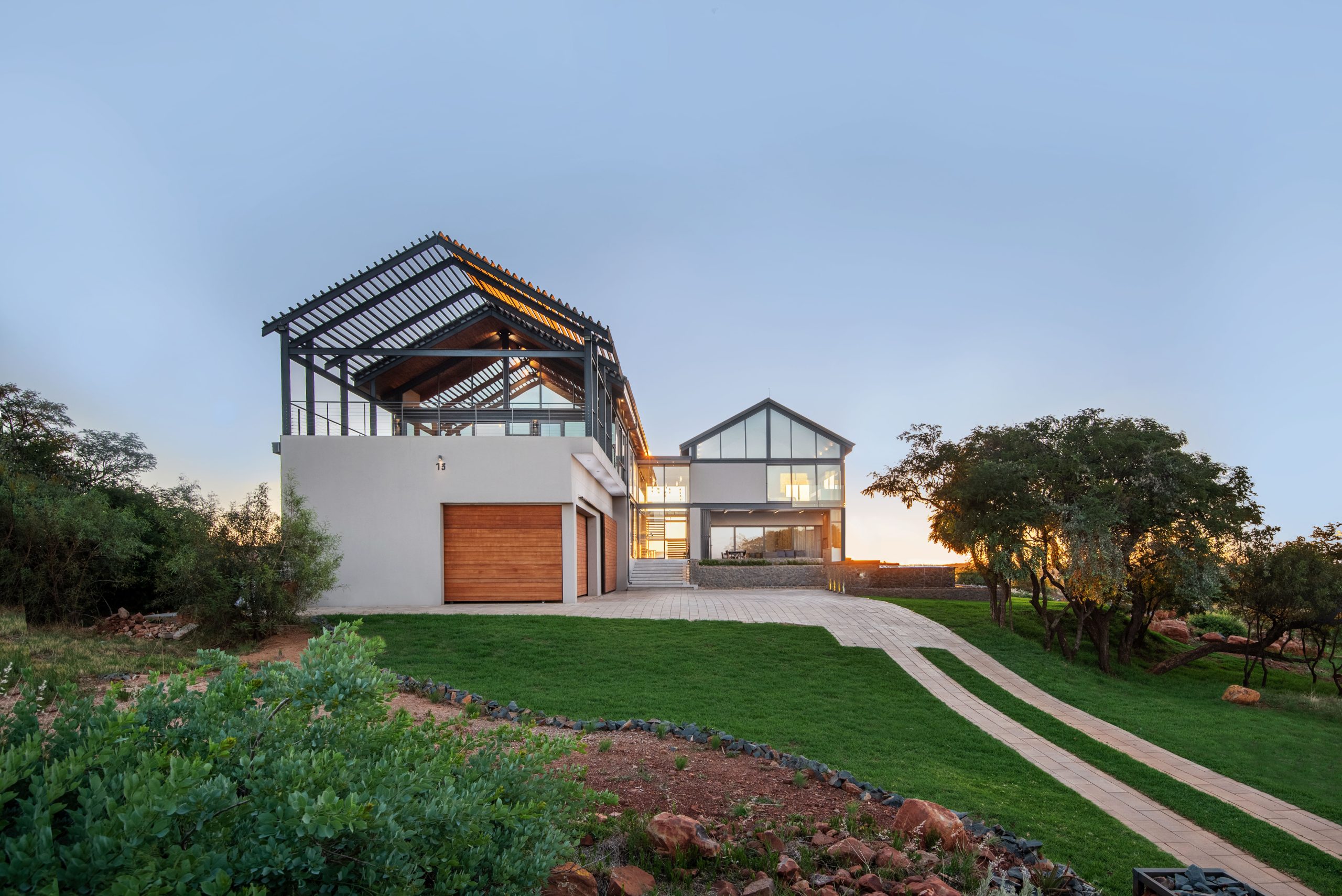

Leave a Comment